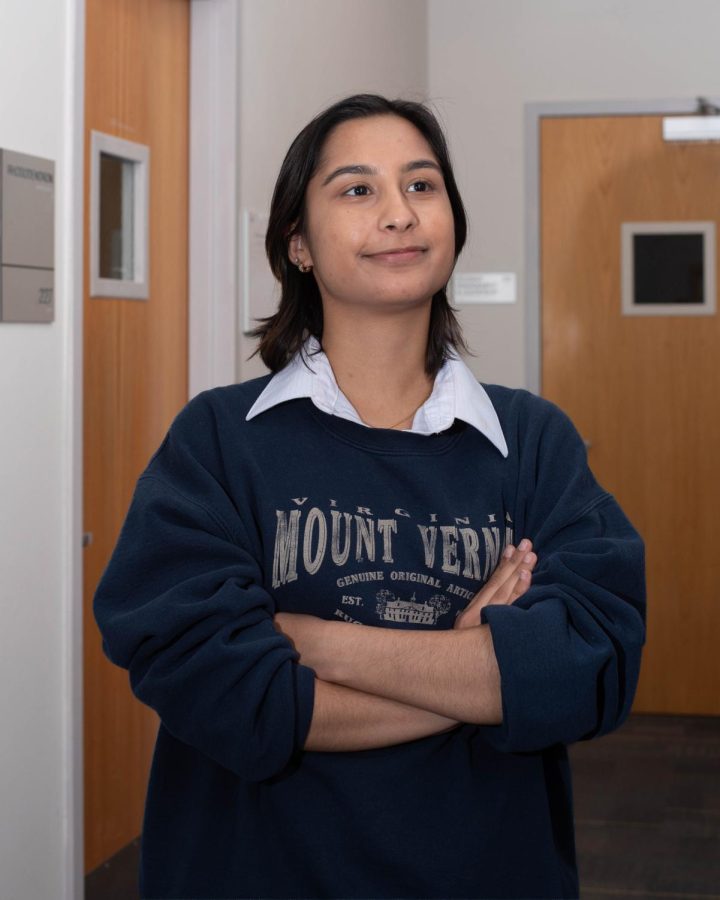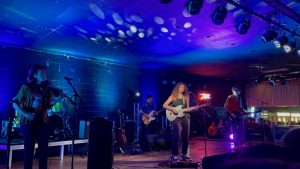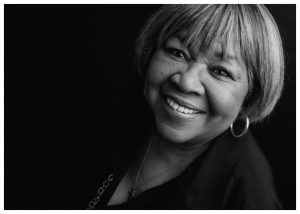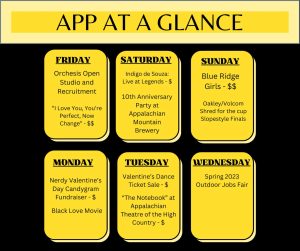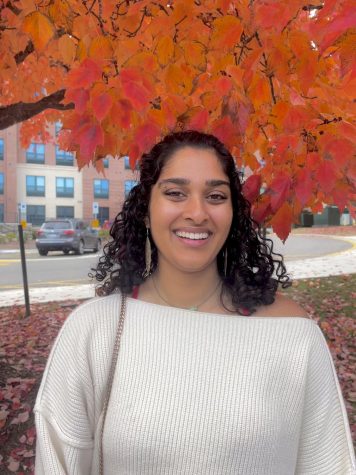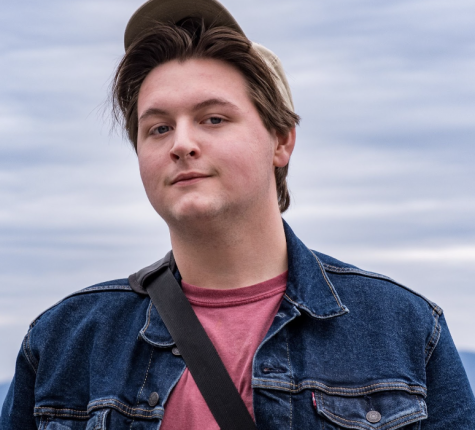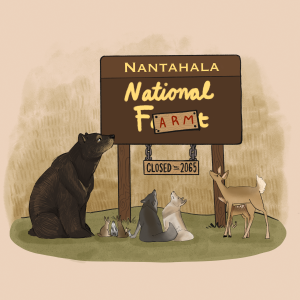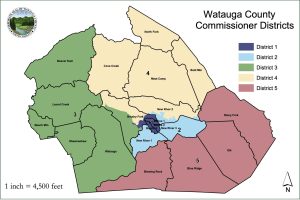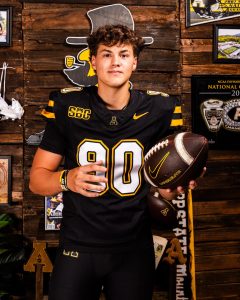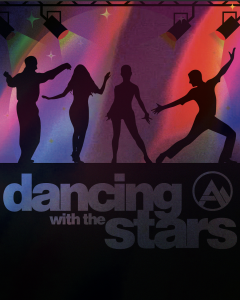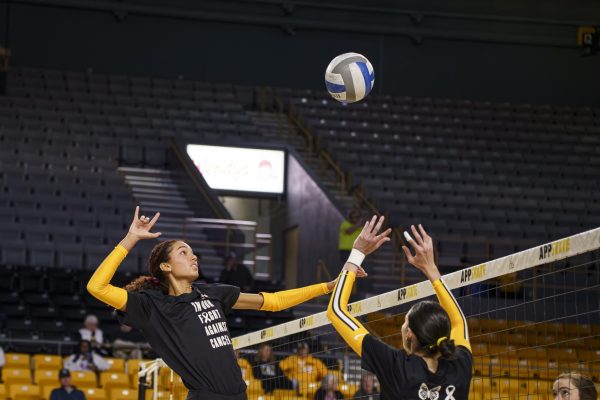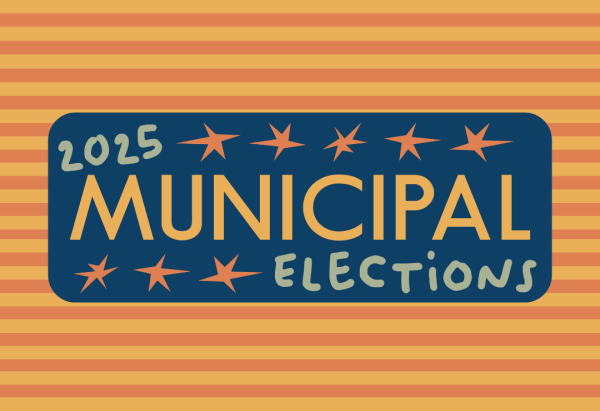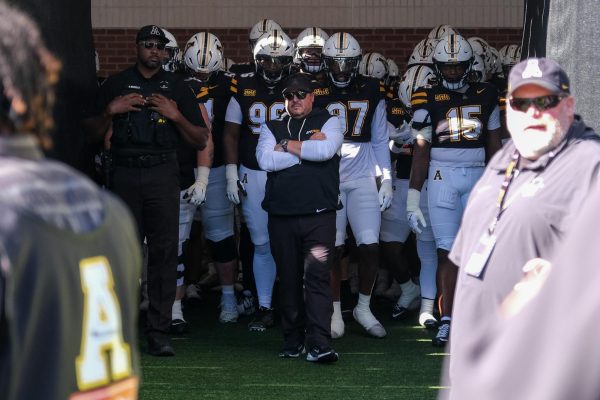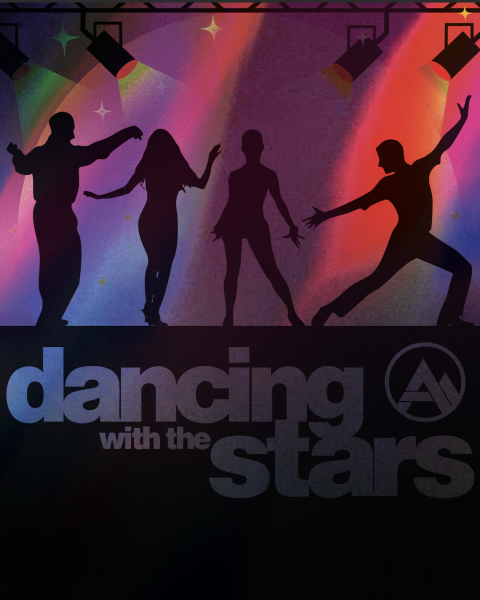Students’ safe space for Queer People of Color
Sophomore Maya Szymborski poses for a portrait inside Plemmons Student Union Feb. 6, 2023. Szymborski balances an 18 credit hour workload, a job and being the sole organizer of the Queer People of Color Club. She is dedicated to creating a space on campus where QPOC can feel at ease sharing their experiences in an otherwise predominantly white institution.
February 13, 2023
While the university’s percentage of students of color has increased within the past few years, 18.6% of students belong to underrepresented groups, including students that identify as Black, Indigenous or people of color. This relatively low percentage leaves students of color searching for and creating communities at App State, a predominately white institution.
One group of students who identified the need for a space in which they could relate to one another set out to solve this problem.
Queer People of Color was formed to allow the underrepresented population of queer identifying people of color at the university to thrive within a community they relate to.
The group, currently led by sophomore East Asian language major Maya Szymborski, meets Mondays from 5-6 p.m. in Plemmons Student Union room 227. While it isn’t officially a club, the group still holds meetings regularly and hosts events similar to those held by official clubs around campus. Right now, its purpose lies more closely with the unique space it provides for its members.
“QPOC needs to exist as a space for queer people of color to bond, share experiences and feel less alone,” said senior gender studies major Ollie Bandong. “As part of multiple minority groups, it can be hard to feel as though you fit in completely anywhere.”
The club aims to provide members with “a safe space for queer people of color” through low-pressure group activities such as game days and more issue-based discussion sessions, Szymborski said. One of the topics they focus on is how being both queer and a person of color presents unique challenges to those in the group. The group discusses the intersecting issues of ethnicity and sexuality through PowerPoint presentations on topics such as queer representation in media. Information provided to members is there to help them recognize ways the world around them can become more inclusive and expose issues they may have previously overlooked.
Members also use the space to share negative experiences they’ve previously faced, ranging from insensitive hairdressers to unaccepting family members.
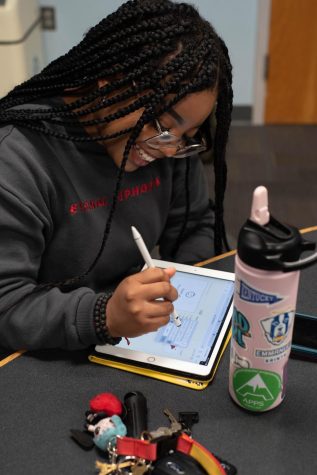
“Being queer and a person of color is very different from being white and queer,” said junior language, literature and culture major Carolina Ng Irizarry. “I feel like we go through very different experiences, especially because, unfortunately, in POC cultures, a lot of times queer identities are not very accepted.”
QPOC began in spring 2022, spending about half of its meetings online as many activities were still remote. As the group got to know each other more, they slowly transitioned to meeting in person at the Multicultural Center. QPOC’s first large event was a picnic held at Sanford Mall, where members could share food and connect in a relaxed environment.
Ng Irizarry said the group is hoping to build on its foundation by hosting more events and gaining members to maintain its presence over time. While anyone is welcome, Szymborski hopes to keep the space exclusive to those who are queer people of color for the time being to establish a comfortable setting for those members to be honest about their struggles and experiences.
Members also seek a space to focus on relating to one another rather than educating those outside their community. Szymborski hopes that once the group has established deeper roots, they may consider transitioning to a space that hosts a broader range of individuals.
“My focus personally right now is just to create that community, to create those friendships and those bonds between people,” Szymborski said.
Various members have reaped a variety of benefits from the short amount of time the group has existed. Ng Irizarry felt she could talk more openly about her experiences in the presence of others who have faced similar situations. Szymborski described recurring situations in which individuals have learned more about the nuances of issues unique to their community or that they were facing injustice in the first place. It was the first time she felt she had a space with others who had similar experiences, which she described as “encouraging and warming.”
“I hope it is able to stay afloat for a couple, if not many years to come,” Bandong said.

